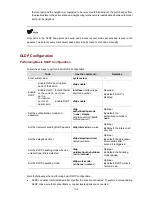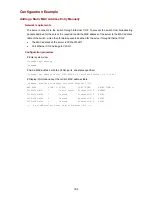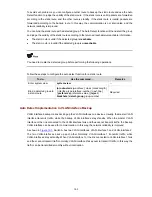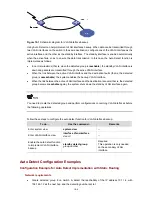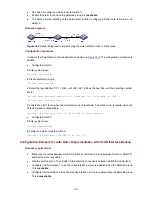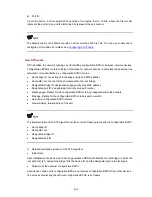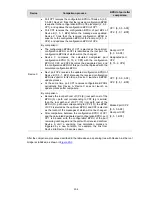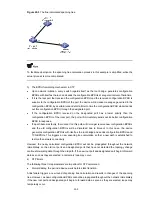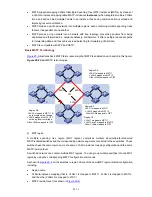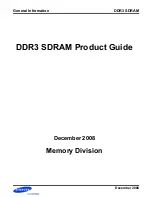
To void such problems, you can configure another route to bac
a
k up the static route and use the Auto
te is valid, packets are forwarded
ccording to the static route, and the other route is standby. If the static route is invalid, packets are
forwarded according to the backup route. In this way, the communication is not interrupted, and the
network reliability is improved.
You can bind the static route with a detected group. The Auto Detect function will then detect the group
hable information..
The static route is valid if the detected group is
reachable
.
The static route is invalid if the detected group is
unreachable
.
Detect function to judge the validity of the static route. If the static rou
a
and judge the validity of the static route according to the returned reachable/unreac
z
z
Y
ns.
ou need to create the detected group before performing the following operatio
ollow these steps to configure the auto detect function for a static route:
F
To do…
Use the command…
Remarks
Enter system view
system-view
—
Bind a detected group to
a static route
ip route-static
ip-address
{
mask | mask-length
}
{
interface-type
interface-number
|
next-hop
}
[
preference
preference-value
] [
reject
|
blackhole
]
detect-group
group-number
Required
Detect Implementation in VLAN Interface Backup
VLAN interface backup means backing up the VLAN interfaces on a devices. Usually, the master VLAN
interface transmits traffic, while the backup VLAN interfa
Auto
ces stay standby. When the master VLAN
not transmit traffic, the backup
the network reliability is improved.
interface or the link connected to the VLAN interface fails and thus can
VLAN interface can be used for communication. In this way,
As shown in
Figure 19-1
, Switch A has two VLAN interfaces: VL
The two VLAN-interfaces back up each other. Normally. VLAN
VLAN-interface 2 stays standby. When VLAN-interface 1 or the lin
and thus cannot transmit traffic normally, VLAN-interface 2 takes
traffic can be transmitted smoothly without interruption.
AN-interface 1 and VLAN-interface 2.
-interface 1 transmits traffic, while
k connected to VLAN-interface 1 fails
over to transmit traffic. In this way, the
19-3

